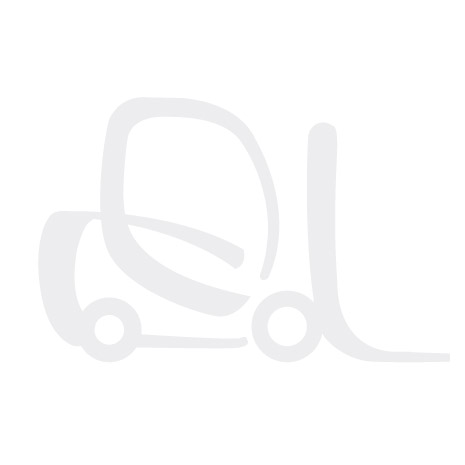Everything You Ever Wanted to Know about Wheel Chocks
 Wheel chocks are a common item around warehouses and docks. They are used to keep a truck, forklift or another vehicle from accidentally rolling when parked.
Wheel chocks are a common item around warehouses and docks. They are used to keep a truck, forklift or another vehicle from accidentally rolling when parked.
Wheel chocks are especially helpful when a vehicle is parked on a slope. If wheels are left un-chocked, the force of gravity can pull the vehicle downward, especially if the parking brake is not in place.
Types of Wheel Chocks
The most common material for wheel chocks is rubber or hard plastic. Some wheel chocks are made with a rubber bottom to prevent them from slipping when they are in place.
Wheel chocks are widely used in many different applications. For example, they are used in aviation to keep commercial airliners from moving when they are parked at a gate or to keep fighter jets in place when they are parked on the deck of an aircraft carrier.
They also are used with the oversized vehicles used in the mining industry. These giant trucks — which can carry thousands of pounds of materials — are frequently parked on uneven surfaces. So wheel chocks are used keep them from slipping or moving, which could cause a serious accident or injury.
The Science of Wheel Chocks
There’s actually a scientific formula that is used to determine the size wheel chock that is needed for a particular piece of equipment. It looks like this:
(Height of the Wheel Chock/Radius of the Wheel)/.032
Given this formula, there are three primary factors that affect whether or not a wheel chock will work:
- The Angle of the Plane — If the slope is greater than a 10% grade, there is a increased risk that the vehicle will roll over the wheel chock, making it essentially ineffective.
- The Size of the Wheel Chock — The wheel chock needs to be big compared to the size of the wheel. If it is too small, the wheel may roll over it too easily.
- The Slipperiness of the Surface — If the wheel chock is used on ice, an oil-covered road or another slippery surface, it may not have enough surface tension to stay in place.
It is essential that wheel chocks be used on a road that has less than a 10% grade (which is pretty steep), that the wheel chock is large enough to keep the wheel from rolling over it and is not used on a slippery surface.
Special Types of Wheel Chocks
Some wheel chocks that are used for special applications may have modifications that allow them to be more effective. For example, those that are used in snowy or icy conditions may have steel teeth or grates that help hold them in place.
Others may have rubber treads, like tires, that helps hold them firmly on wet or unstable surfaces.
Still other wheel chocks have ropes or cables attached to them to make them easier to remove.
While wheel chocks are one of the simplest pieces of equipment on a dock or in a warehouse, they play a very important role in increasing increase safety and preventing injury.
